This article was co-authored by Marissa Floro, PhD. Dr. Marissa Floro, Ph.D. is a Psychologist and Instructor at Stanford University’s Weiland Health Initiative and adjunct faculty at the University of San Francisco. Dr. Floro received her Ph.D. in Counseling Psychology from Loyola University Chicago, focusing on the intersections of race, attraction, and gender. Dr. Floro’s continued clinical, teaching, and advocacy work focuses on sexual and gender diversity, racial identity and belonging, and liberation from oppressive systems and structures.
There are 9 references cited in this article, which can be found at the bottom of the page.
This article has been viewed 61,913 times.
Sexual identity can be complicated, and understanding someone else’s sexual identity can be equally so. Whether a teen has just come out as queer, or they have been out for a while, there are many ways to go about understanding who they are, especially in relationship to their sexual identity.
Steps
Learning About Gay Teens
-
1Educate yourself on sexual orientation. The first step toward understanding is knowledge. There are many resources, like the Trevor Project, that will aid in becoming familiar with sexual orientation and the general concerns of queer communities. Understanding that everyone is different and admitting that you don’t know or understand a gay teen’s experience is a key place to start and begin to move forward.[1] [2]
- Keep in mind that it is perfectly acceptable, and often common, to have differing beliefs and experiences from others. Learning about gay teens and sexual orientation is not about agreeing with their beliefs but about learning new information.
- You may feel that through your own research you need to reexamine your own beliefs on sexual identity. Use this as an opportunity to be empathetic by communicating your concerns with others.[3]
- There are plenty of examples of queerness throughout history.[4]
-
2Keep an open mind. Try and keep an open mind when learning new information about sexual orientation, when asking questions, and when engaging in conversation. Keeping an open mind will help suspend judgement, stereotypes, and harmful generalizations that can often obstruct understanding and be the cause of unwanted conflict.[5]
- Ask yourself questions, like “what would it be like to tell someone something I have never told anyone?” “What would expect from this other person?” “How would I like to be treated in this situation?”[6]
- Stay calm and practice listening instead of immediately responding to feelings of conflict or contradiction.
Advertisement -
3Seek out community centers for queer teens and allies. There are many national organizations, like PFLAG, that aim to bring queer teens and their allies together in order to advocate for their well-being and to educate others about the issues important to the queer community.[7]
- Many community organizations similar to PFLAG also offer educational courses centered around supporting and communicating with gay teens.[8]
-
4Read a book meant for gay teens. Reading self-help and support books written for gay teens will expose you to a number of relevant questions and concerns many gay teens have. Although every teen is different, reading books meant for gay teens will give a broad and more general understanding of their interests and concerns.[9]
Connecting with Gay Teens
-
1Ask honest questions. Asking honest questions will show your sincerity in trying to understand what gay teens go through when coming out and living day to day. Being honest about your concerns will provide much needed support and establish open channels of communication.
- Keep in mind that asking honest questions might also mean asking difficult questions.
- Ask questions about whether they feel safe, what hardships they might have endured, or if they have told others and how their relationships have changed.
- Part of understanding sexual identity means understanding sex, and in this case, gay sex. Familiarizing yourself with gay sex will help provide much needed structure, support, and guidelines throughout the rest of their young adulthood.[10]
-
2Practice active listening. Try and avoid spending your time together in one-sided conversation. Take time to listen to what the other person is saying and then respond accordingly to keep the conversation going.
- Try and avoid being overly argumentative and combative.
- Respond with questions and acknowledge the other person’s feelings.
-
3Participate in activities together. Understanding gay teens starts with yourself but that momentum will quickly fade if it is not followed up with communication and action. Finding new hobbies and activities, or reigniting old ones, is a great way to intentionally spend time and invest in gay teens’ lives.
- Go to a movie together or go out for a coffee and chat.
- Show your support and interest in understanding by also attending gay and queer teen support events like National Coming Out Day.
-
4Avoid confrontation. Resist the urge to react based on preconceived beliefs and instead respond from a place of acknowledgement and acceptance. [11]
- Phrase your opinions, concerns, and beliefs as questions rather than stating them directly.
- Don’t try and change them. They cannot help being gay and they cannot change even if you or they want to.
- Using words like “right” and “wrong” more often communicate judgement than genuine concern. Instead, use phrases like “I hear you” to communicate an acknowledgement of their feelings.
Respecting and Appreciating Gay Teens
-
1Appreciate gay teens for who they are. Sexual identity is only one, although important, facet of an individual’s identity. It is important to keep in mind that, like everyone else, gay teens are a sum of their total parts, of which sexuality is just one.[12]
- Spending quality time with gay teens, whether it be a mutual hobby or a meaningful conversation, is a form of appreciation in itself. Appreciation can be internal and it can also be an action!
- Let others know you appreciate them by telling directly.
-
2Try and respect gay teens for their courage and effort. Whether or not your beliefs align with those of a gay teen's, it is crucial to maintain respect for their decision to publicly and honestly be who they are.
- Practicing empathy and putting yourself in their position is a great way to gain respect for others.
-
3Set a goal of acceptance rather than agreement. Acceptance and understanding should remain distinct from agreement, that is, you do not necessarily need one to have the other. Keep in mind the importance of understanding, but know that understanding does not mean resigning or forfeiting your own beliefs. You can both be who you are and have separate beliefs while accepting each other.[13]
- Be patient, it takes time get this balance of personal beliefs and acceptance right.
Community Q&A
-
QuestionIs it okay to be gay or bi at 13?
 Kaitlin CrepageCommunity AnswerOf course it is. Some people know very early, but others come out in time.
Kaitlin CrepageCommunity AnswerOf course it is. Some people know very early, but others come out in time. -
QuestionIs it common for preteens, say 12, to be concerned that they may be gay? This preteen says they aren't sure and are confused. Is this normal?
 Community AnswerYes, absolutely. Preteen years are when many people begin getting inklings of their sexuality, and may start dating. Help your loved one find resources on what it means to be gay, bisexual, straight, etc. Let them know that it's okay to be confused and take time, and that your love for them doesn't depend on the answer they eventually find. Encourage them to experiment (which at their age usually means hand-holding in movie theaters) and take their time.
Community AnswerYes, absolutely. Preteen years are when many people begin getting inklings of their sexuality, and may start dating. Help your loved one find resources on what it means to be gay, bisexual, straight, etc. Let them know that it's okay to be confused and take time, and that your love for them doesn't depend on the answer they eventually find. Encourage them to experiment (which at their age usually means hand-holding in movie theaters) and take their time. -
QuestionIs it okay to tell someone that I'm gay right away?
 Community AnswerSure! It's completely up to you.
Community AnswerSure! It's completely up to you.
References
- ↑ http://www.thetrevorproject.org/
- ↑ http://www.teenvogue.com/story/different-beliefs
- ↑ http://lesswrong.com/lw/818/how_to_understand_people_better/
- ↑ Marissa Floro, PhD. Counseling Psychologist. Expert Interview. 18 February 2021.
- ↑ http://lesswrong.com/lw/818/how_to_understand_people_better/
- ↑ http://www.today.com/parents/so-you-support-your-gay-teen-great-you-still-have-2D79442916
- ↑ https://www.pflag.org/
- ↑ https://www.pflag.org/find-a-chapter
- ↑ http://www.glbtrt.ala.org/reviews/understanding-sexual-identity-a-book-for-gay-teens-and-their-friends/
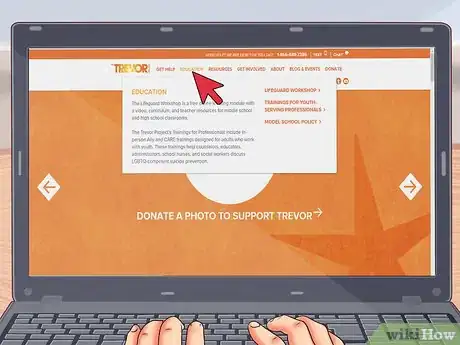


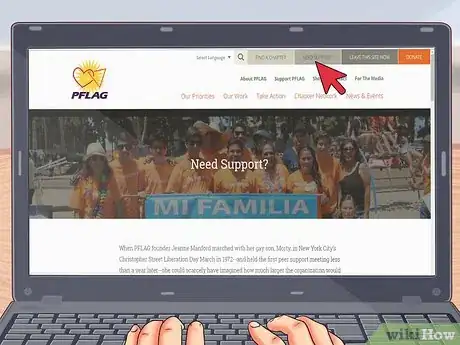
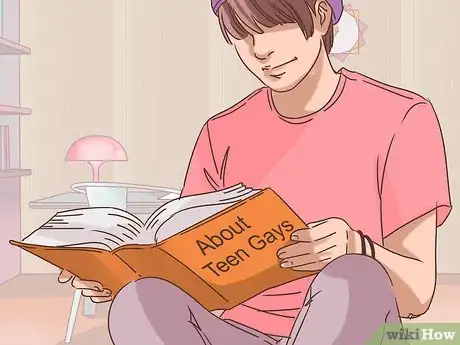

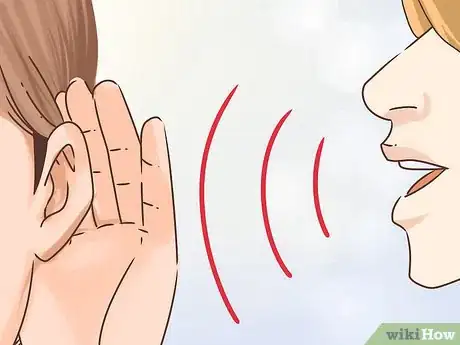

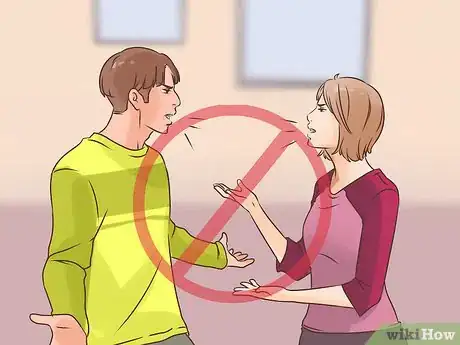
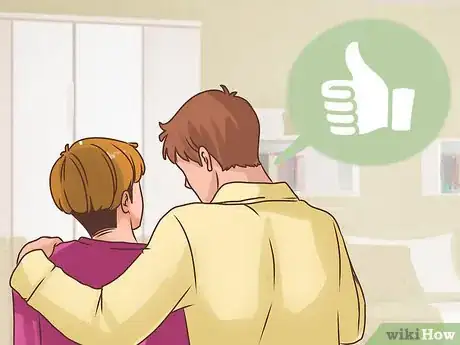

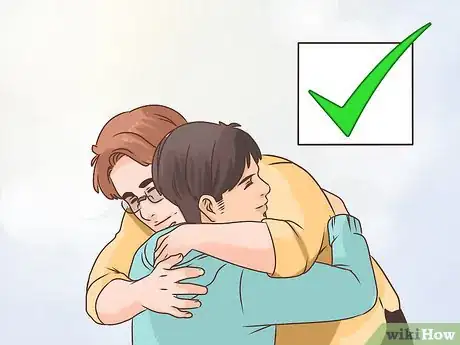


-Step-14-Version-2.webp)
-Step-16.webp)



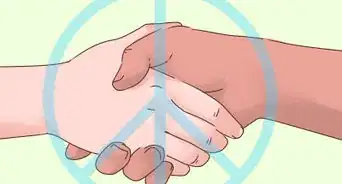

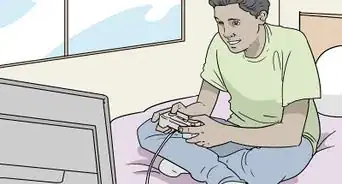


-You-Love-Her-As-a-Girl-Step-16.webp)










-Step-14-Version-2.webp)
-Step-16.webp)


































